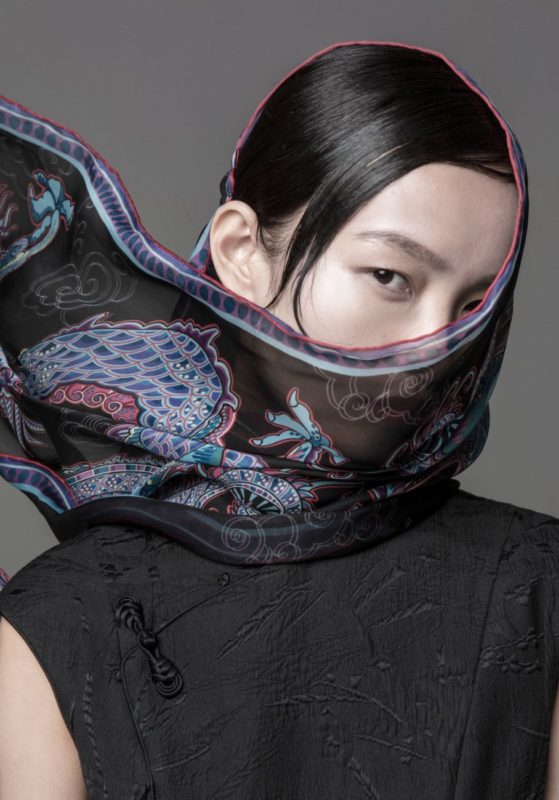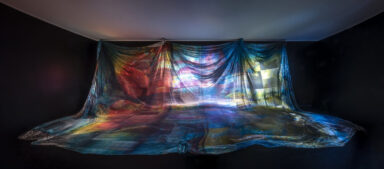A WINDOW TO THE EAST: PROGRESS AND TRADITION ARE KEY WORDS FOR SHANGHAI AND FOR ITS LINK WITH MILAN. FOR THEIR 40 YEARS OF MARRIAGE, THE TWO CITIES CONTINUE TO CELEBRATE!
Curated by: Fiammetta Cesana
The Chinese brand Shanghai Tang presents its “Silver Jubilee” capsule collection with a preview during the MFW of the “Milano Shanghai Living Cities” exhibition curated by the famous photographer Aldo Fallai. Find out more about the two country’s fashion comparison with our interview with Stefano Mologni, director of the Italy-China Fashion Committee…

SILVER JUBILEE BY SHANGHAI TANG
Following the Forum at Palazzo Marino in Milan that presented for the first time in Italy the Chinese district “Jing’ An”, called the Oriental Manhattan, the 40th anniversary of the twinning between Shanghai and Milan carries on its celebrations. With the preview of Fallai’s work – a photographic story immersed between the two cities – Shanghai Tang’s showroom in Via Montenapoleone has become a meeting point of different cultures, fashion design and photography. On the occasion of Fashion Week, the Asian luxury brand has once again established itself as a pioneer of the “Created By Chinese”, claiming both the importance of craftsmanship and refinement (often underestimated) of its country, and of the relation with the international environment, especially with Milan.

In addition to the narration of the two cities, whose exhibition will be officially inaugurated in Shanghai in November, Fallai has shot also “Silver Jubilee”, the last campaign of the “Imperial Tailoring” project, iconic sartorial line of Shanghai Tang. The photographer, who besides the others has worked for Giorgio Armani, captured the elegance and “sense of royalty” of the Asian models and their clothes. Under the creative direction of Victoria Tang-Owen and the leadership of CEO Maurizio De Gasperis, the brand is among the most recognized Asian brands and today celebrates its 25th anniversary. In the perfect union between the authority of the past and the functionality of the present, the new capsule includes both traditional Chinese clothes revisited in a modern way and international pieces with endless possibilities for customization in terms of fabrics and accessories.
Here, in the Western world of fashion, clean and rigorous shapes are giving more and more space to oversized, comfy looks, which praise the street style… and it is undeniable that the glam functionality of sportswear is conquering all of us. However, as we find ourselves facing the purity of elegance we always got bewitched. “Look at this woman, the way she wears this traditional Qipao dress, without necklines and without frills, is almost divine, instinctively gives rise to a reverential respect for her,” Fallai tells us looking at his shot of the Silver Jubilee capsule collection. And he is right, that “regal” composure will always be disarming. And do we, western men, still possess that untouchable sense of beauty? What really unites us with this distant world, so forward and still so tied to its tradition?

SHANGHAI – MILAN
According to Stefano Mologni, director of the Italy-China Fashion Committee and creator of the project in collaboration with Milan and Shanghai, we are much more connected with the multifaceted China than we think. As the photos of Fallai highlight parallels and contrasts between the two city realities in a visual plot of roads, architectures and, above all, of people, as the economic and institutional development of this longtime twinning is set as an objective to face diversity and similarities in order to create a solid cooperation between Shanghai and Milan companies.
“The cultural bond between Italy and China has strongly developed over the last five years, thanks above all to the New Silk Road established by Xi Ping, which has improved the country’s trade flows with Europe. We are different cultures, but finally we dialogue”. – Mologni tells me while we are chatting sitting on velvet armchairs in the showroom, surrounded by dragons, tigers and bamboo canes covering clothes and decorative objects, candles, boxes and jars.

FC: What are the objectives of Fallai’s exhibition in promoting this twinning?
SM: Certainly the main objective is of cultural awareness, representing the two cities with a particular focus on their inhabitants and how they respectively live them, a lot of shots are in fact actual portraits. All 40 photographs (just for the 40 years) will be presented in Shanghai, in November when Italy will be the country of honor both during the China International Import Expo, the Silk Road exhibition, and during the Salone del Mobile.
FC: After attending the Forum at Palazzo Marino I discovered the existence of the Jing’ An District of Shanghai. Why have you never talked about it before?
SM: Actually the district had never been officially presented abroad, before mainly due to the communication limits still imposed by the Chinese government. Today on the occasion of the 40 years of twinning, the two cities have opened a more direct dialogue and it was finally decided to present the Oriental Manhattan in Italy. During Expo 2015, Jing’ An had already signed a district cooperation agreement with Milan, and the goal now is precisely to continue this journey by establishing links with Italian entrepreneurs to launch them in the Chinese market, which is unquestionably among the most powerful in the world.
FC: Does fashion have an important role in the market of the Oriental Manhattan?
SM: Yes, absolutely. The district is characterized by a great strength in the retailing point of view, it is the only one in Shanghai that has the majority of the revenue generated by foreign companies. And it is particularly focused on fashion and lifestyle.

FC: Is the way we Italians live fashion very distant from the Chinese one? What is the difference between ours and their elegance?
SM: They have developed a high-leveled knowledge on the product. However, the spectrum of the Chinese population is extremely broad, so a distinction must clearly be made. The Chinese who knows about fashion lives in big cities and has been “formed” in the last 10/15 years, developing a taste for beauty and a great capacity to recognize quality details, sometimes superior to that of Italians. The Chinese, instead, who lives in minor cities, who are enriched, buys a lot just for the name and doesn’t have a real attention to the product yet. The difference with the Italians is that we have acquired much broader styling skills. It’s true, we are more and more sportswear-friendly, but we are able to dress up by mixing clothes, even casual ones, in an elegant and characteristic way, something that the Chinese has yet to mature. They have the elegance of tradition, we know how to be elegant even in modern taste.
FC: Shanghai Tang though being a brand strictly related to Chinese tradition is also making headway in the Italian market… are it encountering obstacles in approaching the international clientele?
SM: The problem is mainly that of wearability, because the Chinese people, being more tiny, have a very different fitting, and this is a hindrance that also applies in the other way round to foreign brands that want to sell in China. Today we are not yet used to dress Chinese tailored jacket or dress, but there is certainly interest and openness towards their brands. Shanghai Tang stands out precisely for this, being able to overcome the barriers, cultural and physical, while maintaining its heritage intact.
Shanghai Tang is distributed through boutiques in Hong Kong, Shanghai, Beijing and Singapore, a growing network of international airport franchises, the Milan Via Montenapoleone showroom. Visit the official website at Shanghai Tang
“Milano Shanghai Living Cities”
Shanghai
November


